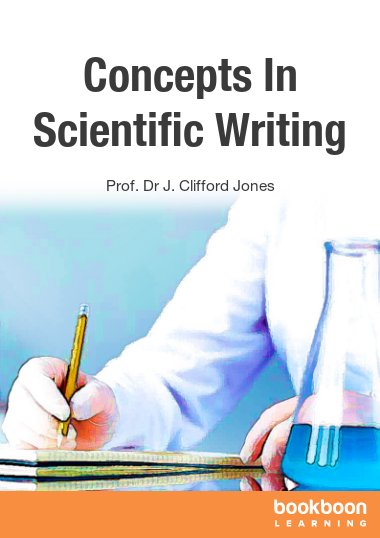The book draws on history and philosophy of science, there being for example a discussion of formal logic as it relates to writing. The writings of personages including Michael Faraday and Isaac Newton are drawn on as examples, as are those of several Nobel Laureates including Richard Feynman. Quotations from these are analysed and commented upon. The text contains illustrations, including one of the title page of Newton’s Principia. There are also portraits of some of the scientists whose work is drawn on. The popularising of science has major coverage in the text, with examples dating from the early 19th century. There is also a section on etymology of scientific terms and on use of figures of speech. There is a chapter on newspaper reporting of science, with analysis of carefully selected examples.
It will be useful to science students writing a thesis for the first time. There is a considerable biographical dimension to the book, which will therefore be of interest to historians of science.

